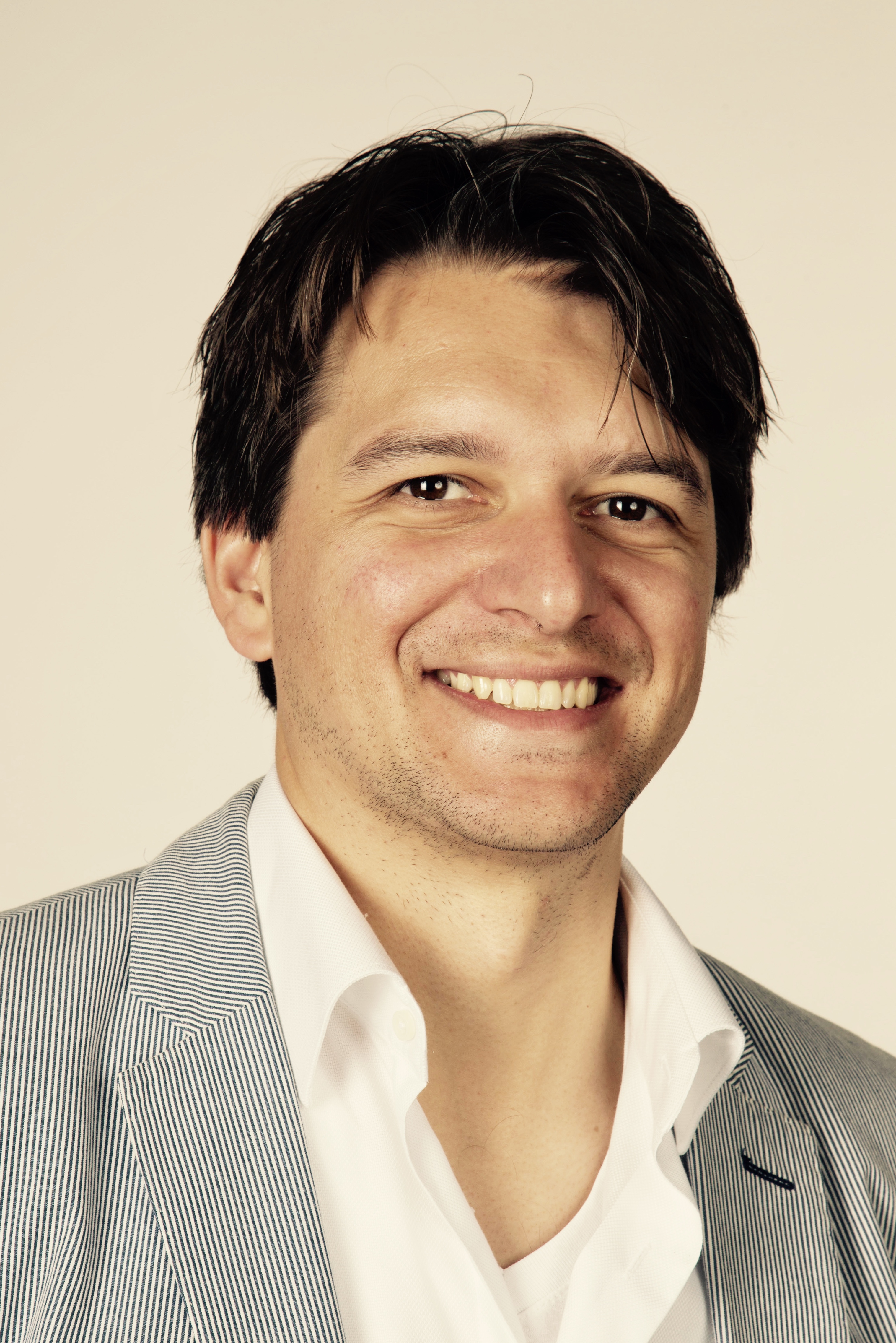Assistant Professor
Strategic program(s):
Biography
I am an assistant professor at the Central Diagnostics Laboratory which is part of the Circulatory Health Program at the University Medical Center Utrecht and University of Utrecht and work with professor dr. Gerard Pasterkamp and professor dr. Folkert W. Asselbergs. My research interest is focused on the genetic and epigenetic causes of carotid and coronary atherosclerosis underlying ischemic stroke (IS) and coronary artery disease (CAD), and their intermediate traits such as carotid intima media thickness (cIMT) and arterial calcification. Large-scale genome-wide association studies (GWAS) have identified hundreds of genetic loci robustly associated to these diseases and traits. With my work I ultimately aim to move from GWAS loci to novel therapeutic targets for cardiovascular diseases through extensive in silico, and in vitro modeling.
As a means to this end, I am currently working on integrating Bayesian fine-mapping methodology, co-localization, causal inference through Mendelian Randomization, expression and methylation quantitative trait loci analyses, GWAS, single-cell RNA sequencing, and plaque characterization based on high-throughput imaging of histological slides and machine learning algorithms. This has resulted in the identification of 28 loci with a substrate in plaques that harbor genes potentially causal to atherosclerosis and amenable to therapy. We are currently pursuing several targets in vitro.
My vision is that this holistic approach will identify the truly viable targets to feed the drug developmental pipeline to combat the cardiovascular disease epidemic. This approach is entirely human-centered and does not involved new in vivo experiments.
I actively contributed to the International Stroke Genetics Consortium. In addition, I made some contributions to international consortia, including GENIUS-CHD, GIANT, GLGC, GoDMC, and various other international consortia.
Since 2011 I am (or was) a member of the European Atherosclerosis Society, European Society of Human Genetics, American Society of Human Genetics, the Nederlands Verenging voor Humane Genetica, and the European Society of Cardiology.
I support and promote principles of Open Science by letting values of quality and integrity, science for the benefit of all, fairness, equity, diversity and inclusiveness guide my work. I value transparency, reproducibility, and critique, accountability, responsibility, and collaboration. The Future of Science is Open, as is my Science.
I hold a degree in Biology (BSc) and Medical Biology (MSc) from the Utrecht University, Utrecht, the Netherlands. I obtained my PhD in 2016 entitled "The genetics of carotid atherosclerosis - Associations with clinical outcome and histological plaque characteristics" under supervision of professor Gerard Pasterkamp, professor Paul I.W. de Bakker, and doctor Jessica van Setten.
This work is covered through various (inter)national collaborative grant programs: CVON-GENIUS2 funded by the Dutch Heart Foundation (DHF, grant-number: CVON 2017-20), ERA-CVD ‘druggable-MI-targets’ in part funded by the DHF (grant-number: JTC2017-40-2017T096), H2020 'TO_AITION', EWUU-Alliance, HealthHolland-TKI, and Leducq Fondation (PlaqOmics).
